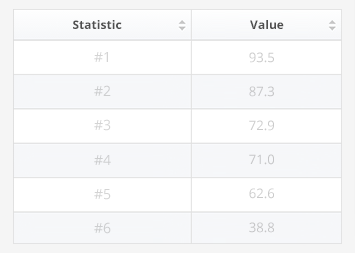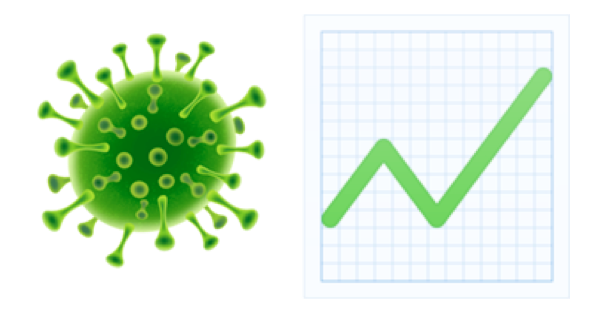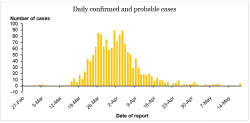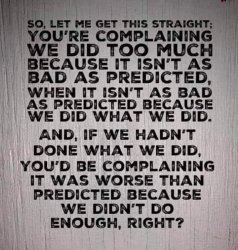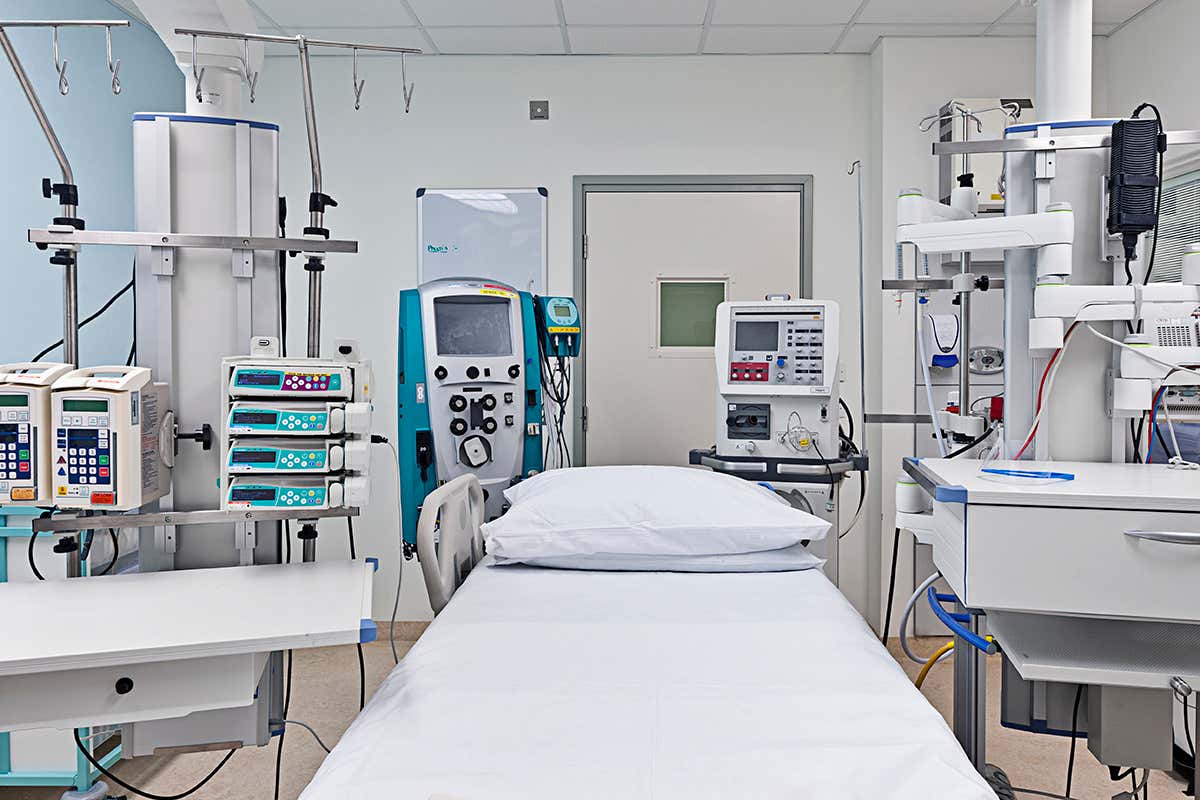So why do you believe it was the lock down of the economy rather than the lock down of the borders that had the effect.
I actually did not state that.
They were heading in the wrong direction. Lock down was a key reason they turned it around. Without lock down the bodies would be building up still.
On 12 March, a national lockdown was announced, effective from 18:00 the same day . Border controls as part of lock down were rolled out between March 13 and 16.
Lock down can be done in various ways. Various activities can be ceased or not. Closing borders is just one part of how a lock down can be performed. Not everything has been to be shutdown. ie NZ Lock downed more tightly than Australia did. Italy, NYC etc also locked down very tightly.
Lock downs can be done also by states, regions or even municipalities (ie in the USA a number of Mayors control what lock down measures are in place or not)
Secondly many things can be locked down or not. ie Churches, military bases, sport, travel etc etc
Back to Taiwan-locked down the borders but not businesses and it worked.
Taiwan was the only country the world that specifically was waiting for a pandemic to emerge in China or nearby. But as you acknowledge they lock downed their borders. As they acted with extreme speed they needed less lock down measures.
South Korea borders locked down and only targeted lock downs around clusters and it worked
This is incorrect, South Korea has used a number of lock down measures at various times.
You may have missed what happened in South Korea recently when the activity of their night club districts was resumed. After the flare-up they then closed down more than 2100 bars and other nightspots. They did not just close down the affected bars/nightclubs. They locked down a region of them.
All South Korean military bases were on lock down in April despite only three soldiers testing positive for the virus.
Museums, libraries, stadiums, and concert venues were closed
Schools were closed.
Major festivals were cancelled.
Churches and religious services were ceased and not just at the Shincheonji Church of Jesus.
South Korea acted quickly and that meant they did not have to deploy more severe and extensive lock down measures.
South Korea was also able to deploy mass testing quickly. This allowed them do do what many other countries including Australia could not do very early which was deploy mass testing. There is no point saying that Australia should have done that as we simply did not have the capability to do that then. We do now.
Countries may be short of test kits, countries may be short of PPE, countries may be short of ICU beds, countries may be short of ventilators but all countries depending on their circumstances have the capability to if they choose to quickly introduce various lock down measures (though obviously much harder for poorer contries with crowed areas), one of which is international, regional border or even city (ie Wuhan) border controls.
If a country/region has been slow to act and the cough is hitting the fan as in NYC, or say Italy, then more extreme lock down measures are required if your goal is to save lives and minimise other Covid 19 related health problems..
Norway was not as quick as some, but quicker than many and so they had to introduce more measures than South Korea. with no lock down measures their death rate would be more like Sweden's where only mild control measures have been deployed.
South Korea was slower than Taiwan to act and so they had to introduce more measures than Taiwan.







